Car haulers are invaluable tools for transporting vehicles from one location to another. They provide safe and efficient means to move cars, trucks, and other vehicles, whether for personal use or commercial purposes. Understanding how to load and unload vehicles properly is crucial for ensuring safety, efficiency, and the protection of the loaded vehicles. This article provides comprehensive tips and tricks to help make the process of loading and unloading a car hauler as smooth as possible.
Understanding the Basics of a Car Hauler
Types of Car Haulers
Car haulers come in various types, each designed for specific needs. The most common types include open trailers and enclosed trailers. Open trailers are typically more affordable and lighter, making them easier to tow. They allow for quick loading and unloading of vehicles while providing good visibility. However, they expose the vehicles to the elements, which may not be suitable for all situations.
On the other hand, enclosed trailers offer greater protection for the vehicles being transported. They shield vehicles from weather conditions and road debris, which helps maintain their condition during transport. These trailers are often heavier and can be more expensive, but they are essential for transporting high-value vehicles or classic cars.
Safety Features to Look For
When choosing a car hauler, safety features should be a top priority. Look for trailers equipped with sturdy ramps for easy loading and unloading. Ramps should have non-slip surfaces to prevent accidents during this critical process. Additionally, safety chains and secure tie-down points are essential for ensuring that the vehicles stay in place during transit.
Braking systems and lights on the trailer are also important considerations. An electric braking system can provide better control, especially when hauling heavier vehicles. Check that the trailer has working lights to enhance visibility during nighttime operations. By prioritizing safety features, you can create a secure environment for both you and your vehicles.
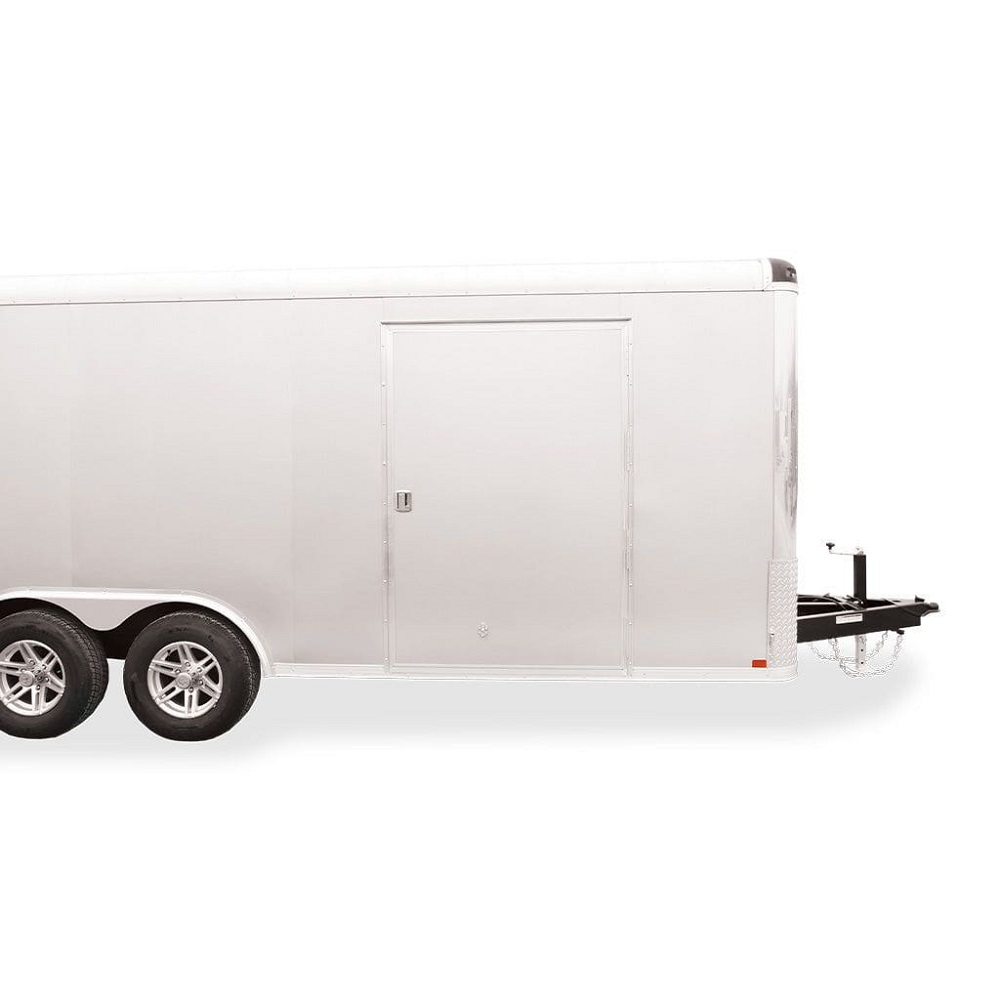
Preparing for Loading
Assessing the Vehicle and Hauler
Before loading a vehicle onto the hauler, it is crucial to assess both the vehicle and the trailer. Start by examining the condition of the vehicle you intend to load. Ensure that it is in proper working order, with brakes and steering functioning correctly. This will make the loading process smoother and safer.
Next, check the trailer to ensure it is properly hitched and secure to the towing vehicle. The load capacity should also be verified to avoid exceeding the trailer’s limits. Understanding the weight of the vehicle being transported allows for proper weight distribution, which is key to safe driving.
Cleaning the Loading Area
Creating a clean and clutter-free loading area is important for safety. Remove any obstacles or debris that might impede the loading process. This includes tools, equipment, or loose items that could cause accidents. Ensure that the surface of the loading area is level and stable to facilitate a smooth loading procedure.
If possible, conduct the loading during daylight hours for better visibility. Proper lighting decreases the chances of accidents and ensures that both the vehicle and trailer are clearly visible throughout the loading process. Taking these preparatory steps will set the stage for a safe and efficient loading experience.
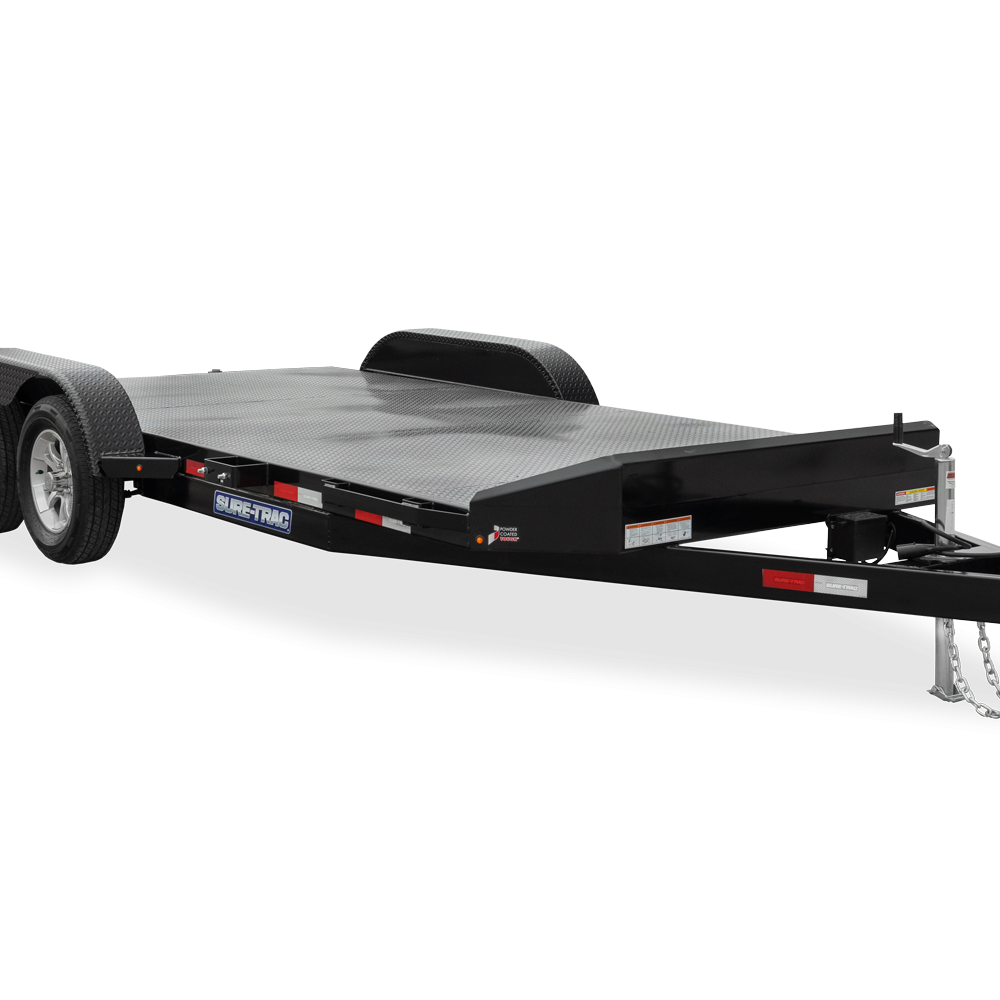
Efficient Loading Techniques
Using Proper Equipment
Having the right equipment is crucial for efficient loading. A reliable set of ramps designed for the specific weight of the vehicle being loaded is essential. These ramps should be sturdy and securely positioned against the trailer. Ensuring that the ramps are level and free of obstructions will create a safe pathway for the vehicle.
Consider using a winch if the vehicle does not start or is difficult to push. A winch can help pull the vehicle onto the trailer with minimal exertion. Additionally, using wheel chocks can prevent any unintended movements or rollbacks while loading. Equipping yourself with the right tools will streamline the loading process and increase safety.
Loading Order
You can establish a loading order based on the weight and size of the vehicles being transported to help optimize stability. When loading multiple vehicles, place the heaviest vehicles closest to the trailer’s axles. This practice helps distribute weight evenly, maintaining balance while on the road.
Conversely, if you are loading only one vehicle, position it centrally to ensure it remains stable during transport. Always check that the load is secured with tie-downs or straps after loading. Properly securing the vehicle will prevent it from shifting during transit, reducing the risk of damage to both the vehicle and trailer.
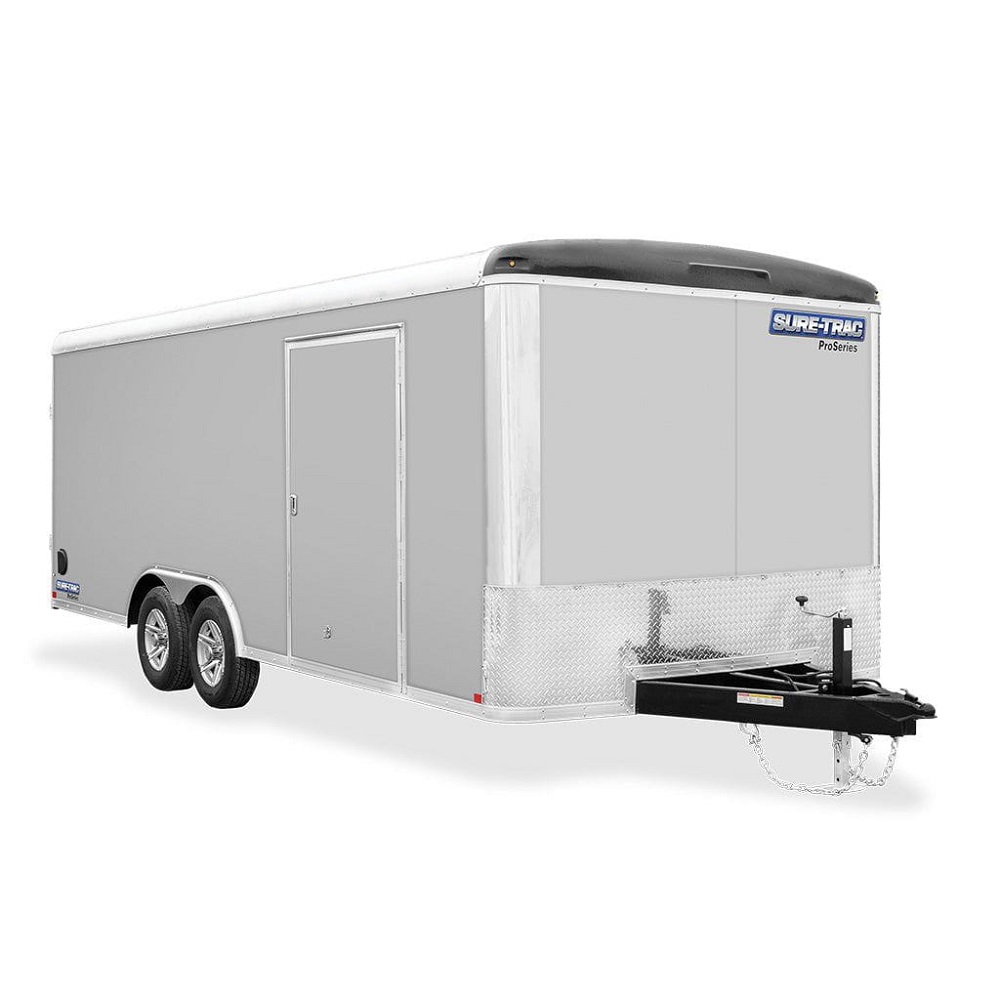
Unloading Techniques
Ensuring Safety First
Safety should be the top priority during the unloading process. Before starting, double-check the area surrounding the trailer for any obstacles or hazards. Ensure that everyone involved in the unloading process is aware of their roles and follows the safety protocols established during loading.
Position the ramps securely and make sure they are stable before driving the vehicle off the trailer. Alert anyone nearby to the unloading process to ensure they keep a safe distance. This awareness can help prevent accidents and make the unloading process more efficient.
Effective Unloading Methods
When it comes to unloading, the same principles apply that were considered during loading. Move slowly and steadily as you drive off the trailer, paying attention to the ramps. This approach minimizes the risk of slipping or losing control of the vehicle.
If using a winch, ensure it is properly positioned and capable of handling the vehicle’s weight. By following the unloading order established during loading, you can maintain balance and stability while getting vehicles off the trailer. Once the vehicle is safely on the ground, recheck the surrounding area before moving on.
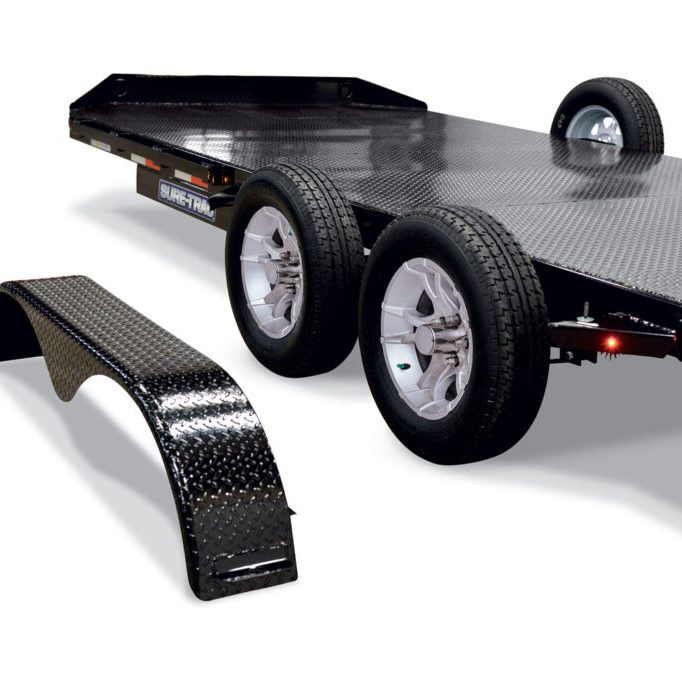
Maintenance of the Car Hauler
Regular Inspections
The maintenance of your car hauler is vital for ensuring its longevity and safety. Regular inspections of the trailer should be conducted to identify any wear and tear. Check the tires for proper inflation and tread wear. Proper tire maintenance is crucial for stability and safe towing.
Additionally, inspect the trailer’s braking system and lights to ensure they are in good working order. Any signs of corrosion or damage to the frame should be addressed immediately. By conducting routine inspections, you can prevent more significant issues from arising and prolong the life of your trailer.
Cleaning and Care
Regular cleaning of the car hauler is essential to maintain its appearance and functionality. Remove any dirt or debris after each use to prevent buildup that could cause damage over time. Pay attention to the ramp surfaces and the undercarriage, as this area can accumulate grime from dirt roads.
Applying a protective coating or sealant can help prevent rust and corrosion. This type of preventative maintenance will ensure that your trailer looks good and operates at optimal levels for years to come. Caring for your car hauler pays off in performance and longevity.
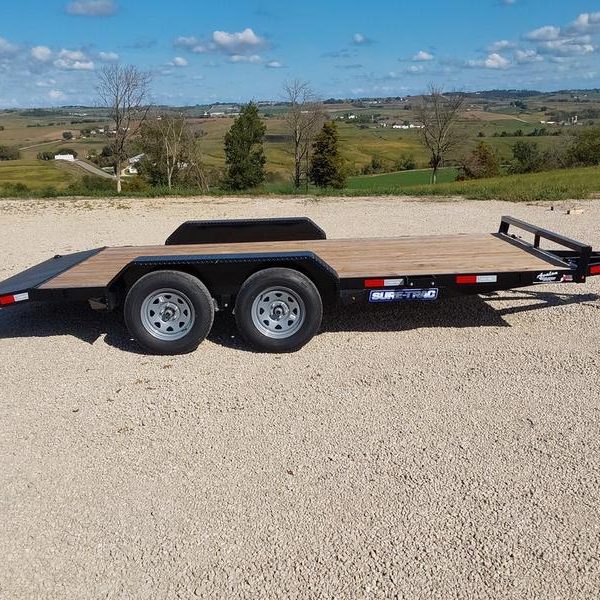
Considerations for Transporting Different Vehicles
Accommodating Varied Sizes
Transporting different types of vehicles may require additional considerations. For example, loading motorcycles or ATVs may demand specialized methods or equipment. When moving such vehicles, consider using wheel chocks or tie-down straps specifically designed for smaller vehicles. This added support helps keep everything secure during transit.
When transporting larger vehicles like trucks or SUVs, focus more on weight distribution. You should pay attention to the load limits of your trailer to ensure that you do not exceed the safe towing capacity. Each vehicle type presents unique challenges, so be prepared with the appropriate measures.
Understanding Vehicle Specifications
Different vehicles may have specific loading instructions based on their weight, dimensions, and other factors. Before loading, consult the owner’s manual for loading and towing guidelines. Understanding the specifications will help you choose the most effective loading techniques.
Additionally, research any special requirements for vehicle safety when being loaded or unloaded. Certain vehicles may require special precautions to avoid damaging sensitive parts, such as spoilers or exhaust systems. Doing your homework in advance can simplify the loading and unloading process.
The Future of Car Haulers
Innovation in Design
The world of car haulers is continually evolving. Researchers and engineers are developing new materials and designs to improve efficiency, safety, and performance. For example, advancements in lightweight materials can help reduce the overall weight of trailers. This minimizes fuel consumption for towing vehicles while maintaining strength and durability.
Manufacturers are also incorporating innovative technology to enhance functionality. Some models now feature built-in ramps or hydraulic lifts that simplify the loading and unloading process. These features can make transporting vehicles much easier and accessible for users of all experience levels.
The Impact of Sustainability
Sustainability is becoming a crucial consideration for all industries, including automotive transport. Manufacturers are exploring eco-friendly options for car haulers, such as utilizing recycled materials and designing energy-efficient models.
As the demand for green solutions continues to grow, the industry will likely shift toward practices that are both environmentally responsible and economically viable. By becoming more environmentally conscious, the car hauling process can participate in a broader movement toward sustainability in transportation.
Conclusion
In conclusion, car haulers play an essential role in transporting vehicles safely and efficiently. Understanding the loading and unloading process is vital for ensuring the well-being of your vehicles and your safety. By paying attention to essential features like ramp design, safety equipment, and maintenance, you can improve the overall experience of using a car hauler.
Explore the various types of trailers available, and consider your specific needs when making your choice. Preparing for loading and unloading can make a significant difference in performance. With each trip, take note of the aspects that work well and those that need improvement, allowing you to refine your process over time.
Additionally, stay mindful of the innovations and sustainable practices that are shaping the future of car hauling. Embracing new technologies and materials will only serve to enhance your experience. By becoming informed and proactive, you can ensure that your car hauler remains a reliable partner for all your vehicle transport needs. Enjoy the journey, and drive with confidence as you explore the roads ahead!
Leave a Reply